- Solar energy blog
- Exploring France’s grid and how BESS can reduce curtailment
Exploring France’s grid and how BESS can reduce curtailment
France is scaling up to meet rising electricity demand, but grid constraints threaten to hinder progress. Learn how battery storage could unlock their clean energy future.


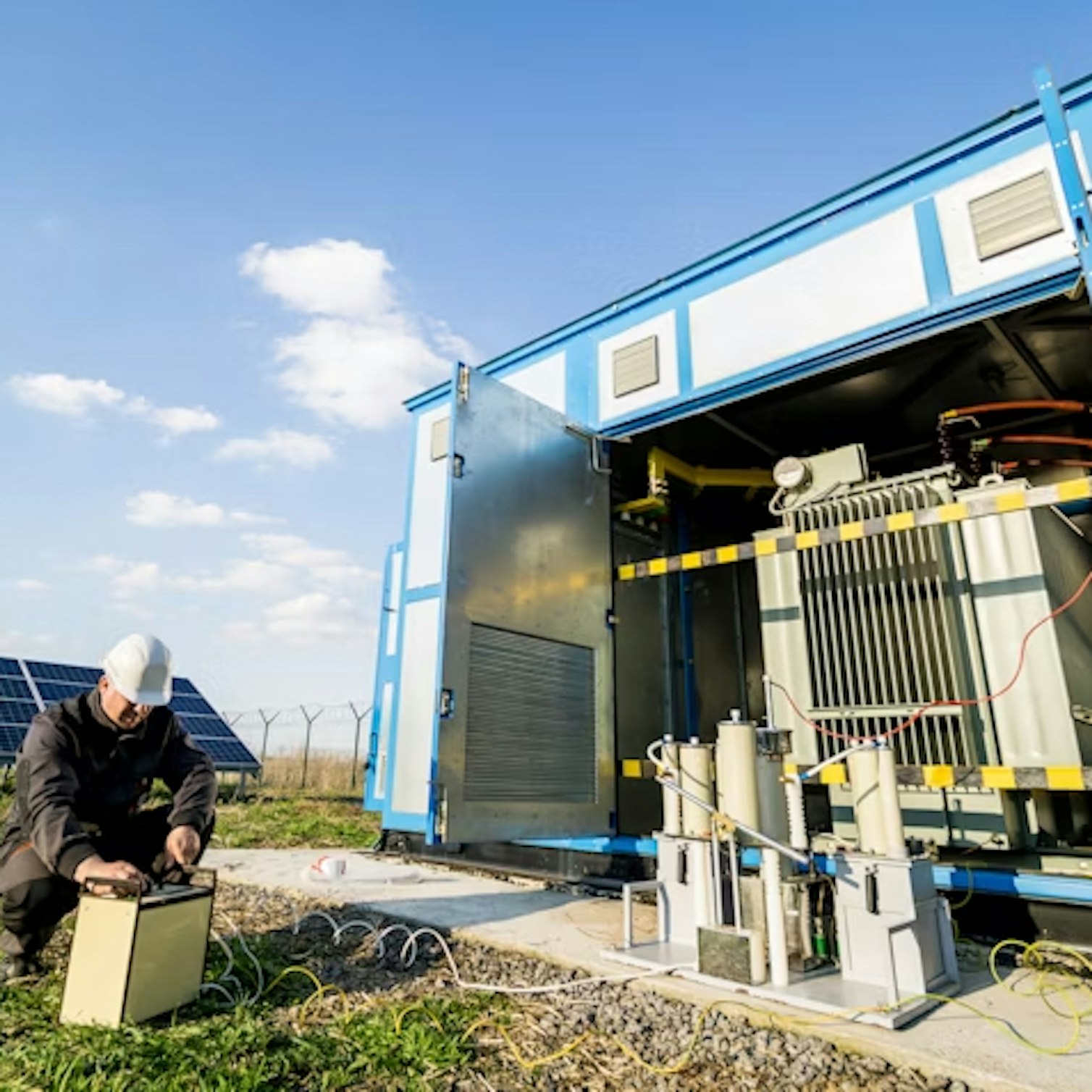
Content
France is expanding all low-carbon energy sources, including renewables and nuclear, to meet a projected 14% rise in electricity demand by 2030.
However, the rollout is straining the grid: transmission networks can’t keep up with new buildouts, leading to record curtailment in 2024, which ultimately cuts into revenue and makes it harder for developers to justify future projects. Without storage upgrades, France’s clean energy transition could be thwarted.
Download the 2025 Renewable Energy and Solar Research Report to unlock essential insights on the renewables industry. With expertise from our survey and data from solar simulations on RatedPower, the Report explores trends, challenges, and solar design preferences.

Battery Energy Storage Systems (BESS) are built to ease this pressure. They capture excess power and feed it back into the grid when demand spikes. But despite their potential, they remain underused.
France’s growing renewable energy sector
The French government is serious about going green. Aside from implementing the Renewable Energy Acceleration Bill, the country is also investing in battery manufacturing and hydrogen technologies to decarbonize the industrial and transportation sectors, efforts that are attracting new capital and strengthening its position in Europe’s clean-tech supply chain.
This momentum is already visible. In 2024, renewables accounted for 27.6% of France’s total electricity generation. That figure is expected to reach 35% by 2030, with 95% of the country’s electricity projected to come from non-fossil sources.
This trajectory puts France well ahead of the European average and reinforces its commitment to low-carbon energy. However, like much of Europe, it continues to grapple with limited capacity, and while its diversified energy mix helps offset short-term variability, it won’t be enough if renewable deployment outpaces infrastructure upgrades.
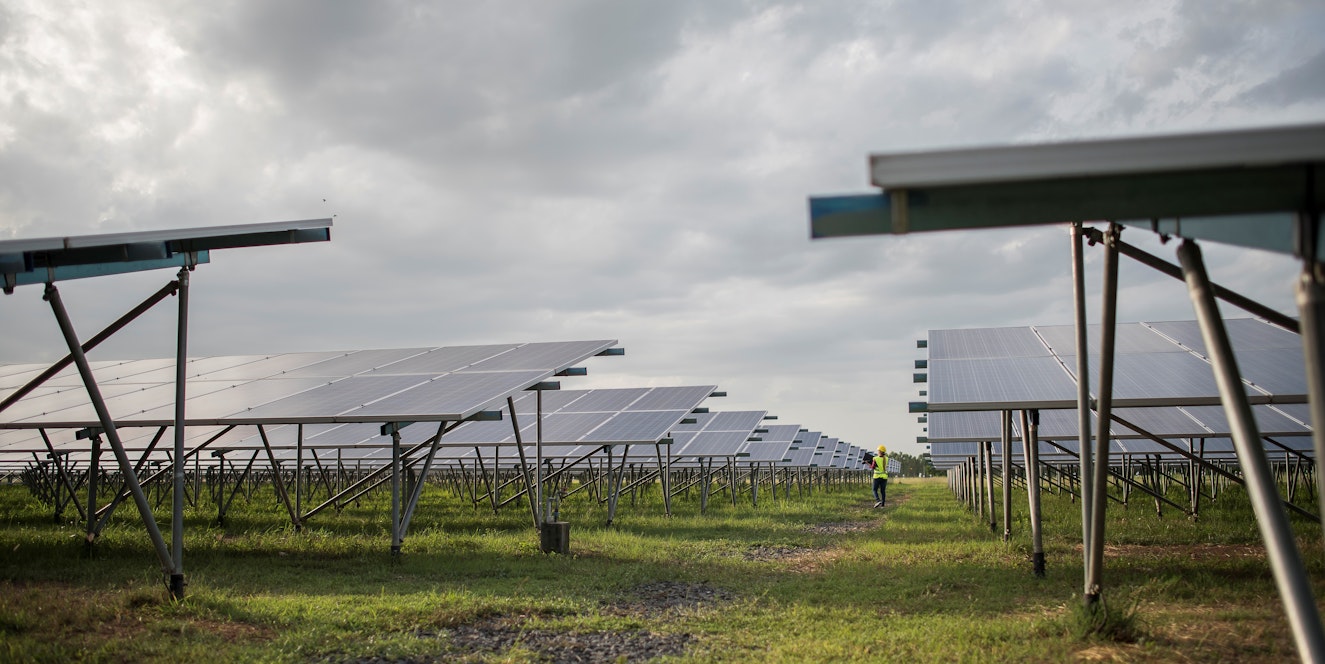
France’s energy challenges
Record-high curtailment
In 2024, curtailment in France hit a record 1.7 terawatt-hours, driven by grid bottlenecks and periods of oversupply. In some cases, spot market prices turned negative, particularly during high solar or wind output and low demand. To maintain system stability, RTE, the national grid operator, temporarily reduced the amount of power that generators could inject into the grid. These interventions are part of standard grid balancing practices, but they underscore the need for expanded infrastructure and storage to absorb excess generation and prevent revenue losses for producers.
Lack of grid investment
France’s grid will require around €100 billion in upgrades by 2040 to meet growing electricity demand and integrate new sources of energy. This means that annual grid investment must triple by 2029, a tall order, considering that only 15% of the necessary grid development projects are currently confirmed.
An analysis of grid investment plans through 2030 reveals that countries like Germany are moving faster, with four major HVDC projects (each costing between €5 billion and €11 billion) connecting northern wind resources to southern demand centers. The UK, Spain, and Italy are also on track, with their national grid plans aligning with their renewable energy targets. In contrast, France has one of the lowest annual grid investment plans.
The BESS landscape in France
Battery Energy Storage Systems (BESS) are playing an increasingly vital role in France’s energy transition, supporting grid stability and enabling greater integration of renewable energy.
As of 2024, installed battery capacity had reached approximately 1.07 GW, a significant increase from less than 50 MW five years prior. This growth has accelerated following the reopening of France’s aFRR (Automatic Frequency Restoration Reserve) tender, resulting in a projected 1.7 GW of total installed capacity by the end of 2024.
Additionally, more than 8 GW of new BESS projects have already secured grid connection rights. Market dynamics have also improved, with aFRR auction prices averaging €66/MW·h, significantly higher than the €7/MW·h seen in FCR (Frequency Containment Reserve) markets, translating into higher potential revenues.
Beyond financial gains, expanding BESS deployment will help mitigate renewable energy curtailments and ease pressure on the grid, making it a key enabler of France’s decarbonised, resilient energy system.
Battery production capacity is growing but imports still play a key role
France is ramping up efforts to support utility-scale Battery Energy Storage Systems (BESS), but domestic battery production remains geared primarily toward the electric vehicle sector. The pipeline of grid-connected BESS projects, now exceeding 8 GW, will require a reliable and cost-effective supply of high-performance stationary battery storage systems.
Without dedicated production lines for utility-scale systems, France is likely to continue relying heavily on imported battery units, particularly those utilizing lithium iron phosphate (LFP), which is preferred for grid applications.
Market design limits BESS profitability
France allows BESS to participate in its capacity market. In theory, this creates a stable revenue stream for storage; however, in practice, the pricing and structure are less attractive than those offered by other EU countries, making it harder for storage operators to turn a profit. Improvements to market rules and compensation structures could make the current framework more competitive and appealing to long-term storage investors.
However, France’s heavy reliance on nuclear generation, which provides consistent baseload power, has shaped a system less reliant on short-term balancing from renewables. While this reduces immediate pressure on regulatory reform for BESS, it also means that market incentives for storage have developed more slowly than in countries with higher shares of solar or wind energy. Nevertheless, as variable renewable penetration increases, policy adjustments will be necessary to unlock the full flexibility value that BESS can offer.
How interconnection creates both risks and rewards
France has one of Europe’s most connected grids, a potential advantage for power trading across markets. But, for BESS, strong interconnection cuts both ways. Since interconnectors and storage both provide flexibility, storage faces tougher competition and narrower margins. Policy adjustments may be needed to ensure that BESS can benefit from cross-market price spreads and contribute to grid services on an equal footing.
Conclusion
France is investing substantial capital in its clean energy ambitions. The government has committed €1 billion to scale up installed battery capacity tenfold by 2050, and the country benefits from strong interconnections with neighboring markets and a diversified low-carbon energy mix, including nuclear.
These fundamentals provide a level of system resilience, but they also present challenges for BESS: narrow price spreads, low arbitrage margins, and modest capacity market returns have made it harder for Battery Energy Storage Systems (BESS) to compete financially.
At the same time, structural gaps are emerging. In 2024, renewable curtailment reached a record high, while only 15% of the needed grid upgrade projects were confirmed, despite solar and wind deployments continuing to accelerate. This imbalance underscores the need for flexible, distributed solutions that can absorb excess generation and provide short-term balancing without waiting for major transmission upgrades.
The growing pipeline of over 8 GW of BESS projects, combined with shifting market conditions, such as the rising auction prices in the aFRR, suggest that BESS is becoming more viable, particularly when paired with generation assets.
To unlock this potential, clearer long-term signals and targeted policy support will be needed to improve investment certainty and accelerate deployment.
2025 Trends: Renewable Energy & Solar Research Report
Get key insights and data from an industry-wide survey and solar simulations on the RatedPower platform. Download now to uncover critical trends and challenges shaping the future of renewables.
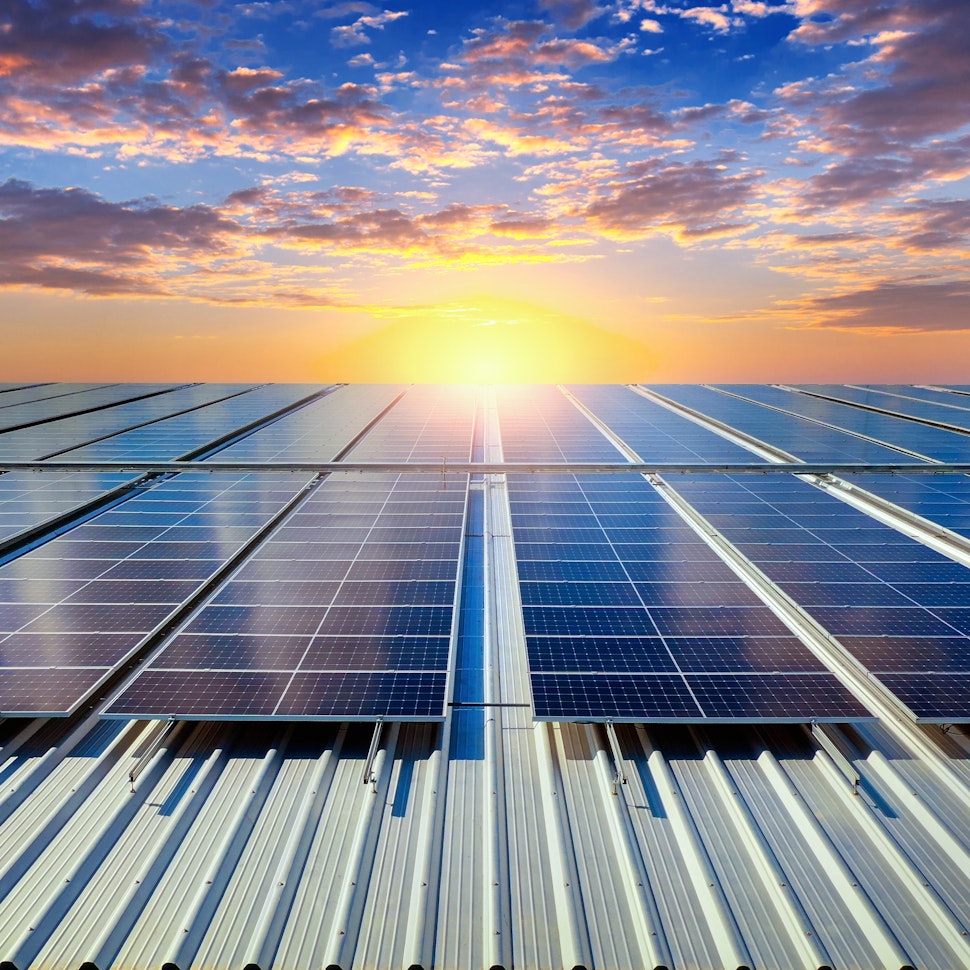
Latest stories
Related posts
Market analysis
Power where it’s needed: Solving LatAm’s grid instability with distributed solar and storage
Find out how a bottom-up approach is solving LatAm’s grid instability, with community-led solar and storage projects giving people control over their energy.
Updated 29 DEC, 25
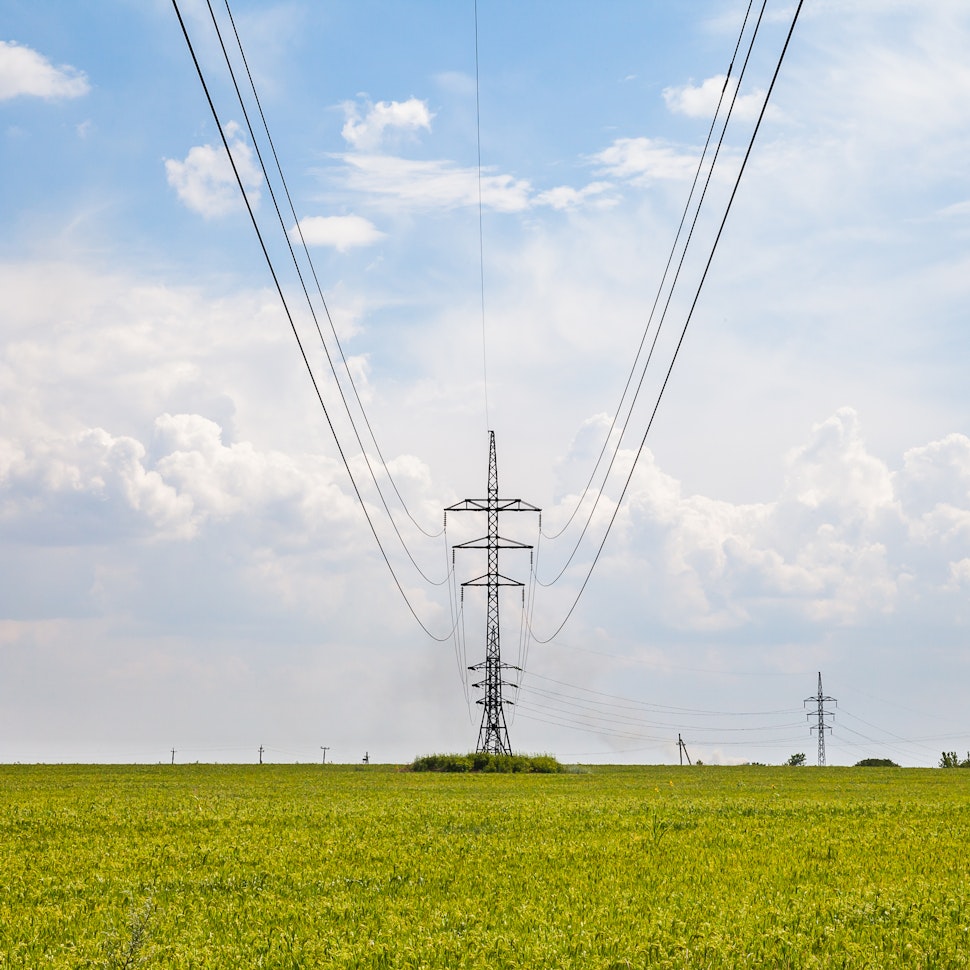
Market analysis
Powering through the peak: Why solar + storage is gaining momentum in MENAT
Discover how MENAT is building a functioning solar economy and why rising peak demand during extreme heat is squeezing its energy architecture.
Updated 11 DEC, 25

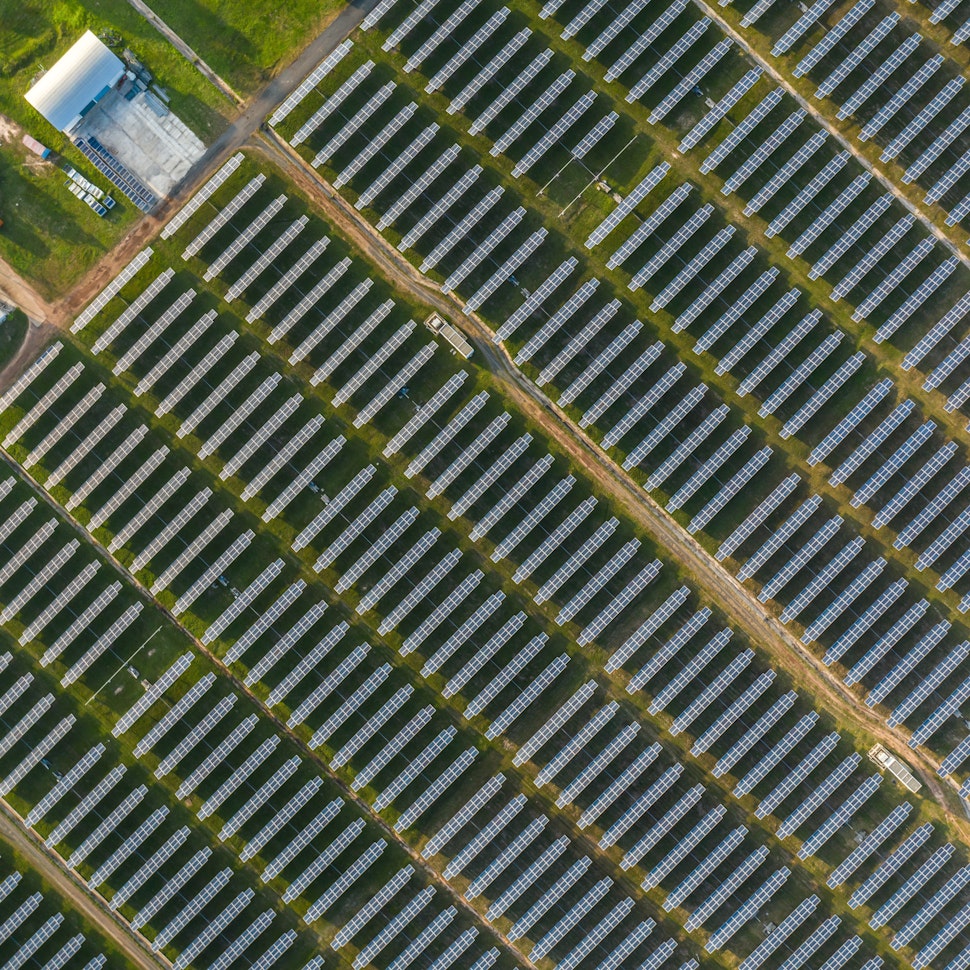
Market analysis
The rise of utility-scale PV + storage plants in Italy
Discover how Italy’s latest policies and auctions are driving utility-scale solar and battery storage projects to meet ambitious 2030 targets.
Updated 4 DEC, 25

- RatedPower
- Solar energy blog
- Exploring France’s grid and how BESS can reduce curtailment
 Watch a demo
Watch a demo Ask our AI Product Expert
Ask our AI Product Expert
